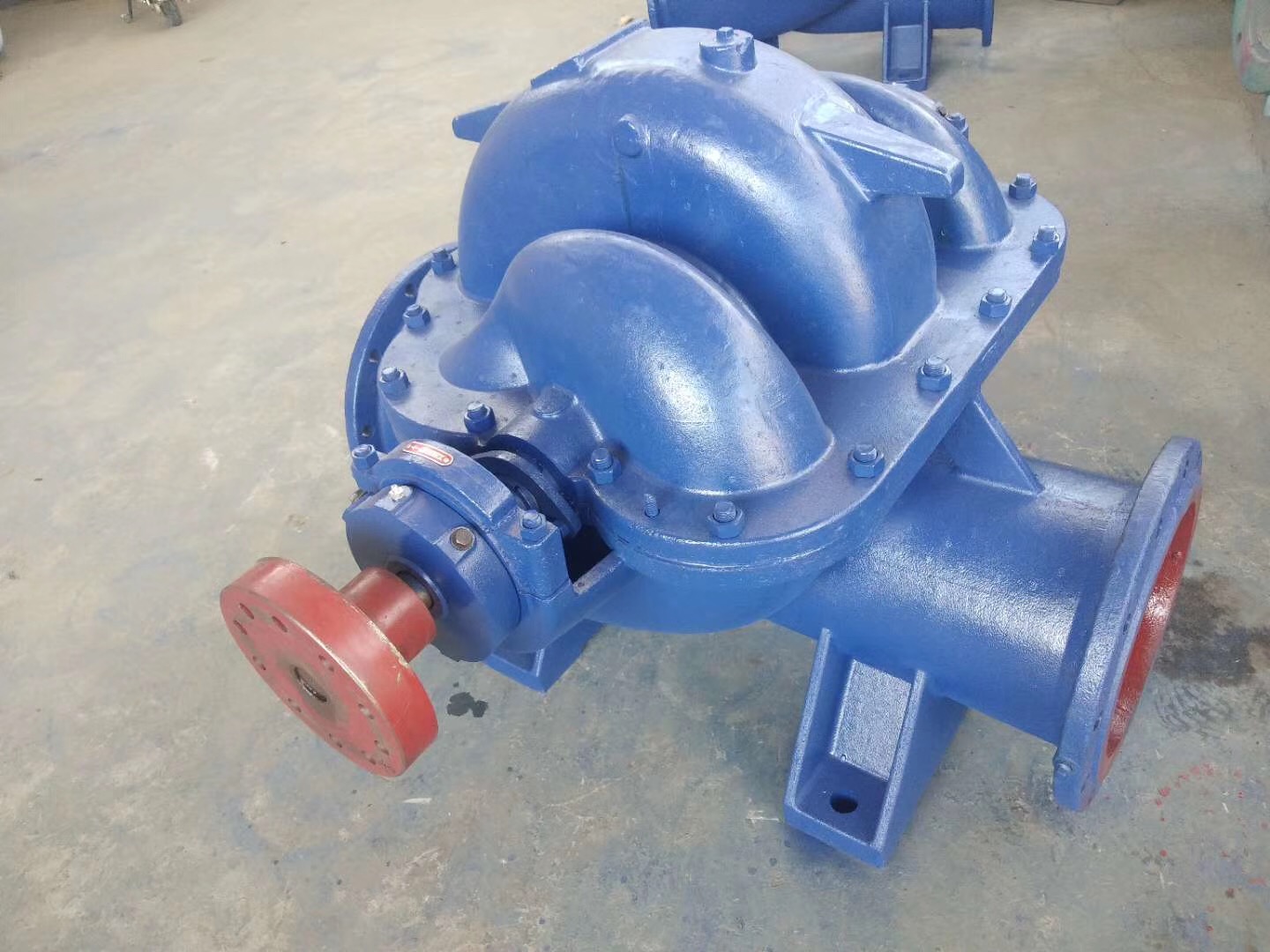English
- Afrikaans
- Albanian
- Amharic
- Arabic
- Armenian
- Azerbaijani
- Basque
- Belarusian
- Bengali
- Bosnian
- Bulgarian
- Catalan
- Cebuano
- Corsican
- Croatian
- Czech
- Danish
- Dutch
- English
- Esperanto
- Estonian
- Finnish
- French
- Frisian
- Galician
- Georgian
- German
- Greek
- Gujarati
- Haitian Creole
- hausa
- hawaiian
- Hebrew
- Hindi
- Miao
- Hungarian
- Icelandic
- igbo
- Indonesian
- irish
- Italian
- Japanese
- Javanese
- Kannada
- kazakh
- Khmer
- Rwandese
- Korean
- Kurdish
- Kyrgyz
- Lao
- Latin
- Latvian
- Lithuanian
- Luxembourgish
- Macedonian
- Malgashi
- Malay
- Malayalam
- Maltese
- Maori
- Marathi
- Mongolian
- Myanmar
- Nepali
- Norwegian
- Norwegian
- Occitan
- Pashto
- Persian
- Polish
- Portuguese
- Punjabi
- Romanian
- Russian
- Samoan
- Scottish Gaelic
- Serbian
- Sesotho
- Shona
- Sindhi
- Sinhala
- Slovak
- Slovenian
- Somali
- Spanish
- Sundanese
- Swahili
- Swedish
- Tagalog
- Tajik
- Tamil
- Tatar
- Telugu
- Thai
- Turkish
- Turkmen
- Ukrainian
- Urdu
- Uighur
- Uzbek
- Vietnamese
- Welsh
- Bantu
- Yiddish
- Yoruba
- Zulu
Telephone: +86 13120555503
Email: frank@cypump.com
Sep . 23, 2024 00:54 Back to list
septic drain field pump
Understanding Septic Drain Field Pumps Essential Components for Proper Wastewater Management
Septic systems play a critical role in managing wastewater for homes and businesses not connected to municipal sewer systems. One of the key components within a septic system is the drain field, also known as the leach field, which helps distribute and treat effluent. To ensure the efficient operation of a septic system, a septic drain field pump is often necessary, particularly in properties where gravity drainage is insufficient.
A septic drain field pump is designed to move wastewater from the septic tank to the drain field for further treatment. These pumps are essential when the septic tank is located below the level of the drain field or when the soil conditions do not allow for proper drainage by gravity. By using a pump, homeowners can effectively transport effluent to the drain field, promoting better filtration and reducing the risk of system failure.
There are several types of pumps available for septic systems, including submersible pumps and effluent pumps. Submersible pumps are placed directly in the septic tank, whereas effluent pumps are typically located above the tank and are activated by a float switch. Both types are designed to handle solid waste and prevent clogging, ensuring that the system operates smoothly.
septic drain field pump

Regular maintenance of the septic drain field pump is vital to the longevity and effectiveness of the septic system. Homeowners should conduct routine inspections and pump their septic tanks every three to five years to avoid overflow and costly repairs. Additionally, monitoring for signs of malfunction, such as unusual odors, slow drainage, or wet areas around the drain field, can help identify potential issues early on.
One of the most significant challenges associated with septic drain field pumps is the risk of pump failure. Factors such as power outages, blockages, or mechanical breakdowns can lead to system overload, resulting in wastewater backup and environmental hazards. To mitigate these risks, installing alarms and backup systems is advisable. These systems can alert homeowners to issues before they escalate, protecting both their property and the environment.
In conclusion, a septic drain field pump is an essential component for homeowners relying on septic systems. By ensuring proper placement, regular maintenance, and rapid response to potential issues, homeowners can maintain their septic systems effectively, preventing costly repairs and environmental contamination. Proper management of wastewater is not just a matter of convenience; it is essential for public health and ecosystem preservation.
-
Horizontal Split Case Pump with GPT-4 Turbo | High Efficiency
NewsAug.01,2025
-
ISG Series Pipeline Pump - Chi Yuan Pumps | High Efficiency, Durable Design
NewsAug.01,2025
-
Advanced Flue Gas Desulfurization Pump with GPT-4 Turbo | Durable & Efficient
NewsJul.31,2025
-
ISG Series Vertical Pipeline Pump - Chi Yuan Pumps | Advanced Hydraulic Design&Durable Construction
NewsJul.31,2025
-
ISG Series Vertical Pipeline Pump - Chi Yuan Pumps | Energy Efficient & Low Noise
NewsJul.31,2025
-
pipeline pump - Chi Yuan Pumps Co., LTD.|High Efficiency&Low Noise
NewsJul.31,2025










